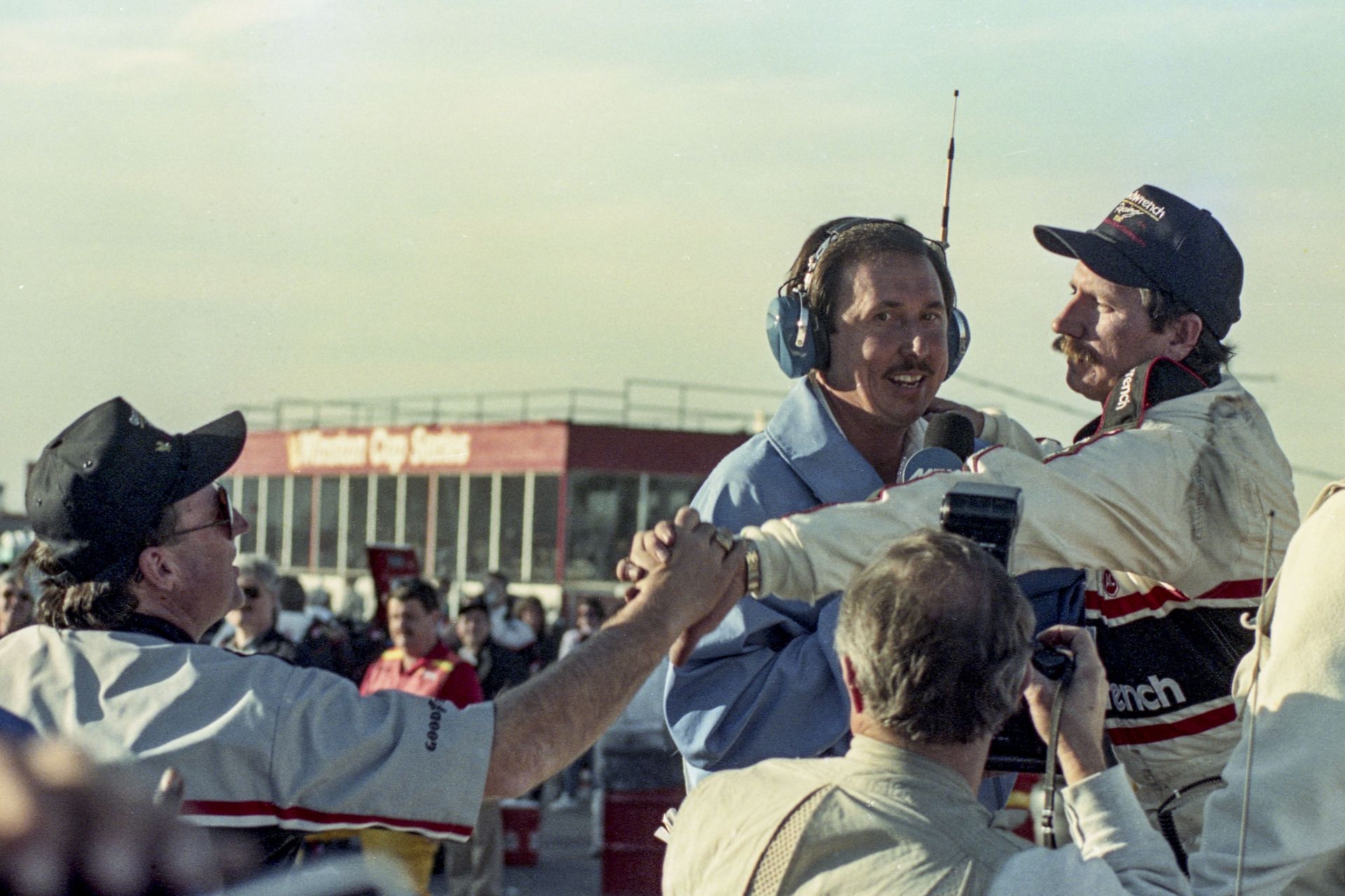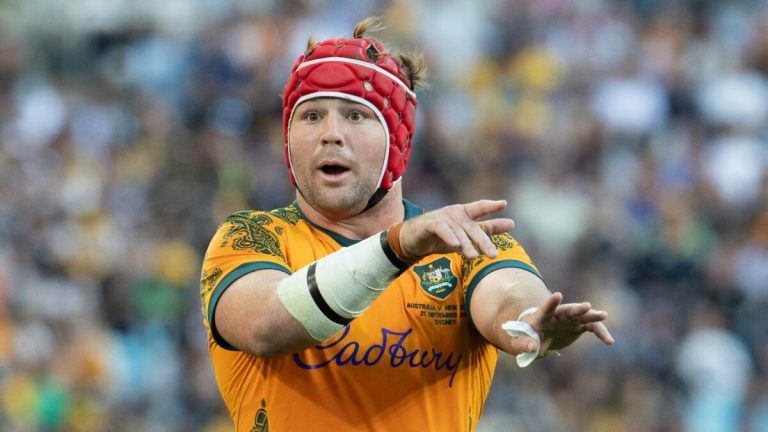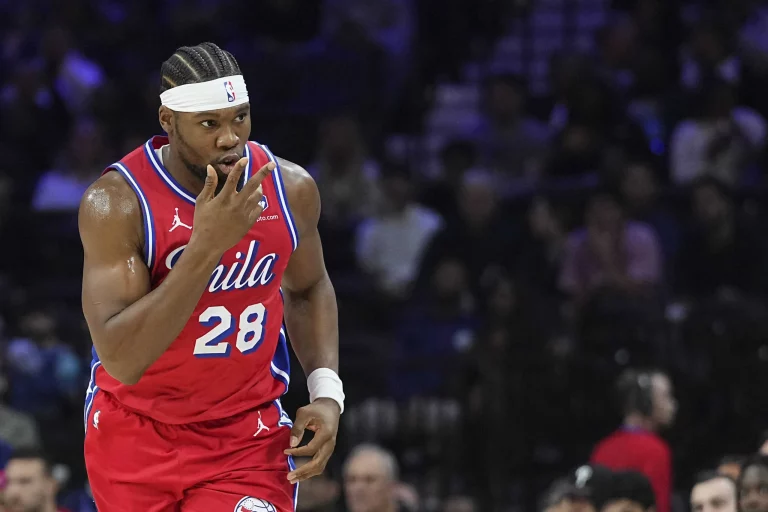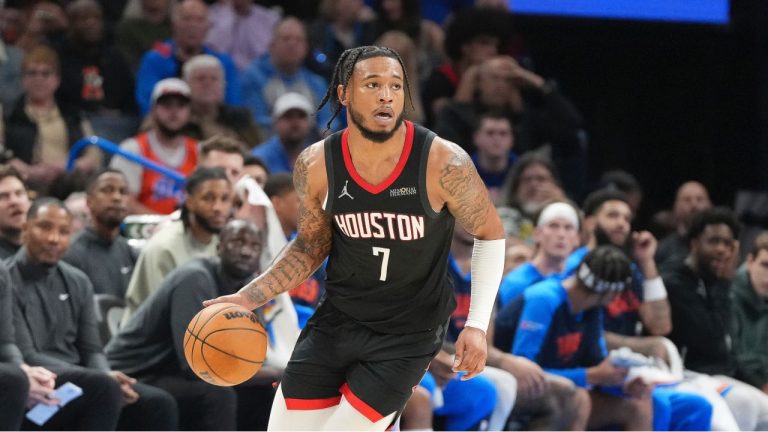There’s a certain defiance in Richard Childress’ legacy – one rooted in loyalty. Loyalty to fans, to his own beginnings, and above all, to the racing philosophy he built alongside Dale Earnhardt.
In an era where strategic restraint often rules the garage, Childress’ enduring belief in ‘racing hard’ and ‘putting on a show’ for the fans remains carved into the soul of Richard Childress Racing. Decades from his first start as an owner, Childress told ESPN’s Ed Hinton in 2011 with striking clarity:
“It may bite us.”
And yet, Richard Childress wouldn’t have it any other way. His racing ethic was formed long before the seven championships with Earnhardt, long before the black No. 3 became folklore. When the NASCAR field boycotted Talladega’s inaugural Cup race in 1969 due to tire concerns, Childress stepped in as a replacement. It netted him $7,500 and the beginnings of what would become RCR.

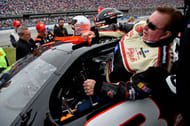
Even after a winless career as a driver, Childress poured every resource into his team. His first big break came with Ricky Rudd’s 1983 win at Riverside. But it was Earnhardt’s return in 1984 that defined a generation.
Childress and Earnhardt forged a blueprint that refused to play safe. Rivalries with Jeff Bodine, Terry Labonte, and Rusty Wallace weren’t just battles for trophies. They were fueled by a shared desire to honor the fans who sit in the stands every Sunday.

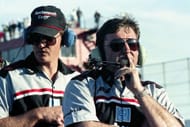
“Only in America could a kid with a $20 race car do, what I’ve been able to do, myself and my people working with me. It started with an old $20 race car and a dream,” Childress added.
Even after Earnhardt’s tragic passing away at Daytona in 2001, Childress didn’t change his philosophy. He went through the shifting NASCAR paradigms with the same uncompromising spirit coursing through his team, refusing to let the No. 3 legacy die quietly.
“Race as hard as you can”: Richard Childress on his racing philosophy

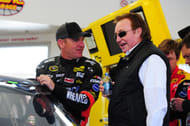
Clint Bowyer’s win at Talladega in October 2011 didn’t just clinch the first win for Richard Childress Racing that year, it also delivered Richard Childress his 100th Cup Series victory. In the aftermath, Childress gave credit where it had always belonged. He said (via ESPN):
“It goes back to some of the philosophy Dale (Earnhardt) and I planned many years ago. That’s race as hard as you can, run up front all day to give these fans a show.“
Talladega was the place where Childress once raced as a desperate stand-in and the place where his team hit triple digits. Bowyer’s late-race charge mirrored the raw aggression Childress had always asked of his drivers.
Whether it was Harvick in the No. 29 or Paul Menard, who gave the team its long-sought Brickyard 400 victory earlier that same season. The milestone put Childress in the elite company of owners who had reached 100 wins before him, including Rick Hendrick and Jack Roush.

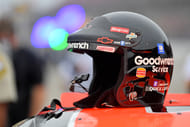
But unlike them, Childress didn’t come into the sport with a business empire. He built RCR with calloused hands and a gambler’s heart, staying loyal to a one-driver model longer than most in the industry dared.
Because in the Childress doctrine, when the green flag drops, you race for glory, for legacy, and for the people in the stands who’ve believed in you since that $20 jalopy first rolled onto the track.
Edited by Sumeet Kavthale
